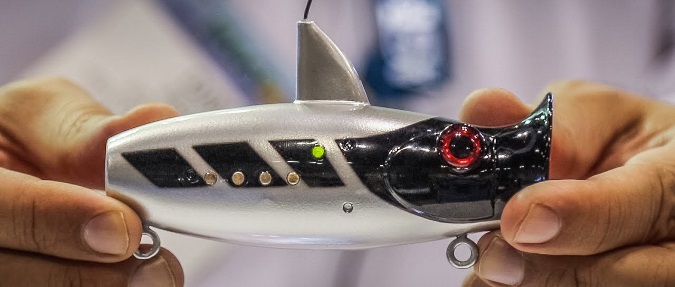Ever wonder why some lures appear to look just like small fish while others don’t seem to look like much of anything in nature? It’s because sometimes just being seen is enough. There’s an old saying that dark colors work bright days and bright colors work on dark days—this is due to the contrast between the lure and the surrounding water and sky.

PRE ORDER YOURS >>> https://eco-net.com/product/eco-popper-pre-order/
Imagine that you’re a predatory fish looking upward from below. If it’s a bright day then a lure with a dark silhouette shows up best and therefore draws the most strikes. The same principle is true on dark days or even at night, where a bright lure attracts the most attention. Combine this with the Eco-Popper’s noisy gurgling and vibrating action and it becomes much easier for gamefish to home right in on it.
Now let’s look at the water. If it’s clear then the gamefish can see quite a bit farther and a more realistic-looking lure is probably the best choice. That’s when to reach for the Perch, Golden Shiner and Frogger lures in freshwater and the Blue Strike and Red Head lures in saltwater. But if the water is stained, off-color or murky, it’s usually best to go with a brighter lure. It’s more important that the gamefish have a chance to see the lure at all, so a brightly-colored lure will gain more strikes in those conditions.
The water temperature plays a large part in the level of activity of nearly any gamefish. These species are all cold-blooded, which means they have to generate their own levels of heat to remain active. Too cold and their metabolisms slow: they don’t move around much and because of this, they don’t need to eat as often, either. But if the water is too warm then they become lethargic and will seek cooler temperatures in the depths away from the surface.
Topwater lures like the Eco-Popper generally work best when the fish are most active, which is usually but not always early in the morning and late in the afternoon. However, on cool fall and winter days they may become more active at midday, once the noon sun has a chance to warm the water to a comfortable level for them to feed. By closely monitoring the water temperature and noting the range preferred by each gamefish species, you’ll have much better chances of being successful.
